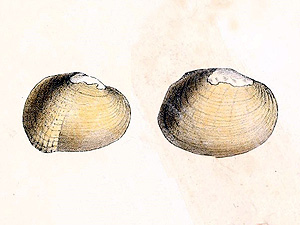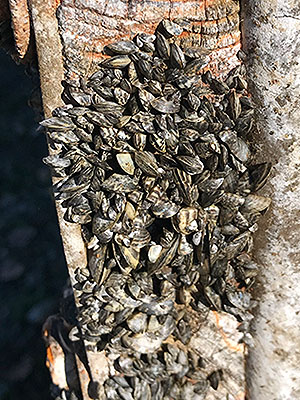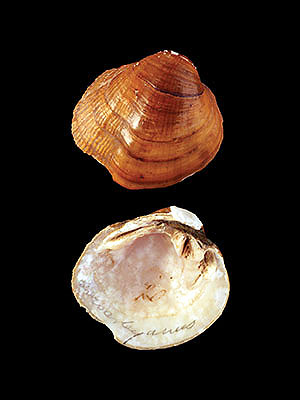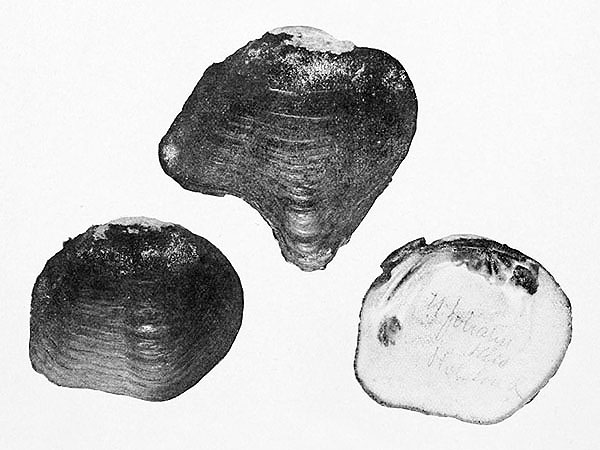Triangular Mussel (Dreissena elata)
The Triangular Mussel was described in 1897; the species was endemic to the shores of the Caspian Sea.
Between 1917 and 1919, the Dwarf Mussel was introduced to the Caspian Sea; this invasive species multiplied successfully and replaced the native mussel banks.
The Triangular Mussel was last found alive in 1957, it is now extinct. [1]
***
syn. Dreissena polynorpha var elata Andrusov
*********************
References:
[1] Frank P. Wesselingh; Thomas A. Neubauer; Vitaliy V. Anistratenko; Maxim V. Vinarski; Tamara Yanina; Jan Johan ter Poorten; Pavel Kijashko; Christian Albrecht; Olga Yu. Anistratenko; Anouk D’Hont; Pavel Frolov; Alberto Martínez Gándara; Arjan Gittenberger; Aleksandre Gogaladze; Mikhail Karpinsky; Matteo Lattuada; Luis Popa; Arthur F. Sands; Sabrina van de Velde; Justine Vandendorpe; Thomas Wilke: Mollusc species from the Pontocaspian region – an expert opinion list. ZooKeys 827: 31-124. 2019
*********************
edited: 18.11.2021




